Occupational safety training for operating winches
99,000 ₫
Note: The above price is calculated per person and may vary depending on the number of participants in the course and market fluctuations. For more accurate pricing information, please refer to the pricing list or contact our consultation staff directly.
Occupational safety is a crucial issue when operating winches and must be addressed promptly to ensure the health and safety of workers while enhancing the reputation of businesses. The Occupational Safety Training course is one of the effective solutions to raise awareness on how to prevent workplace accidents for workers operating winches.
Table of Contents
Toggle1. Overview of Winches
a. What is a Winch?
A winch is a mechanical or electronic device used to pull or lift heavy objects or lower them in applications that require pulling or lifting force. This device typically consists of a rotating drum and a cable or rope that can be wound onto and off the drum. When the cable is wound onto the drum by mechanical power, it generates pulling force to move or lift objects.
Winches have various applications, ranging from towing vehicles, boats, or cars out of difficult situations to lifting heavy objects in construction, mining, or maritime and industrial operations. Winches can be manually or electrically operated and are often controlled via a remote control or a central control system.

b. Applications of Winches in Production
Winches have important applications in the manufacturing and industrial sectors, helping to enhance efficiency and safety during production. Some common applications include:
- Lifting and moving heavy materials: Winches are used to lift and move heavy materials such as steel, concrete blocks, machinery, and finished products during production.
- Mining and mineral processing: In mining, winches are used to pull mineral loads from underground or move them during processing such as crushing and sorting.
- Packing and stacking: Winches can be used to stack products or pack them into boxes, pallets, or containers.
- Machine installation and maintenance: Winches are used to lift and position heavy parts during installation and maintenance of equipment and machinery.
- Electromechanical industry: In the electromechanical sector, winches can lift and move components like large circuit boards or main machinery.
- Metal fabrication and machining: In metal fabrication facilities, winches lift and move large metal sheets or processed products.
- Lifting and installing equipment: In construction and plant upgrades, winches lift and install new or replacement production equipment.
- Automobile manufacturing and assembly: In the automotive industry, winches play a crucial role in lifting and moving vehicles during production and quality inspection.

c. Industries Using Winches
Winches are widely used across various manufacturing industries. Key industries include:
- Construction: Winches are used to lift and move construction materials such as concrete blocks, steel, bricks, and machinery for civil and industrial projects.
- Heavy industry: In heavy manufacturing like machinery, mold, and industrial equipment production, winches lift and move heavy parts and products.
- Mining: In mining, winches pull mineral loads from underground or move them during processing and transportation.
- Food and packaging industry: Winches lift and move goods during production, packaging, and transportation of food and packaged products.
- Maritime and ports: Winches are essential in port operations, lifting and moving cargo from ships to the port and vice versa.
- Automobile manufacturing: Winches lift and move vehicles during production and quality inspections.
- Pulp and paper production: Winches lift and move large paper rolls in paper and pulp production.
- Electronics manufacturing: Winches lift and move large electronic devices or main machinery.
Thus, winches are essential tools across multiple manufacturing sectors, optimizing production, ensuring workplace safety, and increasing efficiency.
2. Overview of Safety Training for Winch Operation
a. What is Occupational Safety Training?
- Occupational safety training for winch operation consists of courses that provide workers with awareness on preventing workplace accidents. Workers directly handling winches belong to group 3.
- Safety training helps workers recognize and prevent hazards, reducing risks of workplace accidents.
REGISTER FOR OCCUPATIONAL SAFETY TRAINING
b. Training Duration
Initial safety training duration:
- Total training time is at least 24 hours, including examination time.
- 8 hours of theoretical lessons on safety and labor law policies
- 8 hours of basic occupational safety knowledge
- 4 hours of specialized training theory
- 2 hours of practical specialized training
- 2 hours of theoretical exam at the end of the course
Training centers schedule multiple sessions depending on worker availability. Typically, there are 6 sessions over 3 days, if the company arranges continuous learning time.
Periodic safety training duration:
- Before the occupational safety card expires, workers must complete periodic occupational safety training, with duration at least 50% of initial training time.
Explanation: Total periodic safety training lasts at least 12 hours, including examination. After completion and passing the test, the occupational safety card is renewed.
c. Training Content
| No. | TRAINING CONTENT | TRAINING TIME (HOURS) | |||
| Total | Including | ||||
| Theory | Practice | Exam | |||
| I | Safety and labor law policies | 8 | 8 | 0 | 0 |
| 1 | Overview of legal documents on occupational safety and hygiene. | 6 | 6 | ||
| 2 | Standards and technical regulations on occupational safety and hygiene. | 1 | 1 | ||
| 3 | Specific regulations of state authorities on occupational safety when constructing, expanding, or renovating facilities for manufacturing, using, storing, and inspecting machinery, equipment, materials, and substances with strict safety requirements. | 1 | 1 | ||
| II | Basic occupational safety knowledge | 8 | 8 | 0 | 0 |
| 1 | Basic knowledge of hazards and harmful factors at the workplace. | 4 | 4 | ||
| 2 | Methods to improve working conditions. | 1 | 1 | ||
| 3 | Safety culture in production and business. | 1 | 1 | ||
| 4 | Rights and obligations of employers and employees; policies on occupational safety; roles of safety network personnel. | 1 | 1 | ||
| 5 | Safety regulations, signage, use of safety equipment, personal protective equipment; accident first aid and occupational disease prevention skills. | 1 | 1 | ||
| III | Specialized training content | 6 | 4 | 2 | 0 |
| Comprehensive knowledge of machinery, equipment, and hazardous substances; risk assessment and management; safe work procedures for machines and hazardous materials. | 6 | 4 | 2 | ||
| IV | Final training assessment | 2 | 2 | 0 | 0 |
| Total | 24 | 22 | 2 | ||
See more training content for all 6 groups
d. Occupational Safety Card
After completing the training and passing the test, workers will receive a occupational safety card (commonly called group 3 safety certificate).
The card shows information such as full name, date of birth, specific job and working environment, training duration, official stamp, and signature confirming completion.
According to regulations in Clause 2 of Article 24 of Decree 44/2016/ND-CP, there are 2 cases:
- If the employer and employee have a labor contract, the employer must sign, stamp, and validate the safety card after the worker completes training and passes the test.
- If the worker is freelance or seasonal, without a labor contract, the training unit must sign, stamp, and validate the safety card after the worker completes training and passes the test.

3. Hazards When Operating a Hoist
Operating a hoist can pose many hazards if safety rules are not followed and regular maintenance is not performed. Here are some common hazards when operating a hoist:
- Occupational accident risks: Operating a hoist without following safety rules can lead to occupational accidents, especially when lifting and moving heavy objects.
- Risk to workers: Hoist operators must be fully trained on how to use the equipment and comply with safety instructions. Otherwise, they may be injured during operation.
- Falling objects: Improper use or overloading of a hoist can cause objects to fall from heights, posing a danger to people and property below.
- Fire and explosion: If the hoist is electric, fire or explosion may occur due to electrical system or electronic device malfunctions.
- Equipment failure: Lack of regular maintenance can result in malfunction or weakened performance, increasing the risk of accidents.
- Safety incidents: Technical failures such as cable breakage or loss of control can also create hazards.

4. Measures to Control Occupational Accidents When Operating a Hoist
To control occupational accidents when operating a hoist, a series of safety measures should be implemented to minimize risks and ensure worker safety. Here are some important measures:
- Training and education: Ensure all hoist operators are fully trained on equipment usage and related safety rules. Training should be provided regularly and include personal protective equipment usage.
- Regular equipment inspection: Conduct regular inspections and maintenance to ensure the hoist operates safely and reliably. This includes checking cables, lifting ropes, brakes, and other critical components.
- Adherence to maximum load: Never exceed the hoist’s rated capacity. Overloading can cause equipment damage or accidents.
- Use of personal protective equipment (PPE): Ensure workers are equipped with proper PPE, including helmets, safety glasses, gloves, and safety shoes.
- Work environment inspection: Ensure the workplace is safe, free of obstacles, and well-lit to prevent difficulties during hoist operation.
- Use warning systems: Employ alarm systems such as horns or signal lights to alert nearby workers when the hoist is operating.
- Regular supervision: Monitor hoist operation to ensure operators comply with safety rules during work.
- Pre-use checks: Before starting, operators must check the hoist to confirm it functions properly and no issues are present.
- Develop a safety plan: Create a detailed safety plan for hoist operation, including emergency procedures.
- Immediate troubleshooting: Stop operation and address any safety issues immediately if they occur.
- Periodic inspection of the hoist to detect safety issues such as wear, damage, or mechanical faults early, reducing the risk of occupational accidents.
5. Benefits of Occupational Safety Training
An Toan Nam Viet provides businesses with the following benefits after completing occupational safety training courses as regulated in Decree 44/2016/ND-CP on occupational safety and hygiene:
- Workers can identify potential accident hazards and take preventive measures to avoid accidents.
- Businesses can implement risk prevention measures in production, operation, and maintenance processes.
- Reduce costs associated with safety incidents.
- Continuous production without interruptions helps increase labor productivity and product quality.
- Ensure compliance with occupational safety laws, avoiding legal risks.
- Enhances credibility and professionalism, boosting the business’s brand image.
Nam Viet’s training courses help prevent external hazards from affecting individuals, allowing them to avoid injuries or more severe consequences.
REGISTER FOR OCCUPATIONAL SAFETY TRAINING
6. Customer Feedback After Completing Training
An Toan Nam Viet has many years of experience partnering with businesses across Vietnam, particularly in the southern provinces. This responsibility is invaluable, which is why our Occupational Safety Training is increasingly professional. Positive feedback and suggestions from businesses motivate our growth. Here are some feedback examples:
See more customer interviews after using the service from An Toan Nam Viet
7. Occupational Safety Training Capacity of An Toan Nam Viet
An Toan Nam Viet is a reputable and high-quality occupational safety training center in Vietnam. Training sessions are conducted continuously at production workshops, factories, and construction sites nationwide (all 63 provinces in Vietnam).
REGISTER FOR OCCUPATIONAL SAFETY TRAINING
Occupational Safety Training License
- An Toan Nam Viet has been inspected and certified by the Department of Safety under the Ministry of Labor – Invalids and Social Affairs, granting certification for occupational safety and hygiene training. This further strengthens our capacity in occupational safety training.

Training Materials and Lectures
- Before being used in occupational safety training courses, all training materials are reviewed to ensure accuracy and effective knowledge application.
- Instructor teaching methods are standardized according to An Toan Nam Viet standards, developed by occupational safety experts to maximize knowledge retention.
Facilities
- Controlling environmental factors in the classroom improves teaching efficiency and knowledge absorption.
- Our training facilities are spacious, meeting standards for area, lighting, and training equipment.
8. Nationwide Reputable and Quality Training Center
At An Toan Nam Viet, we prioritize professional dedication in occupational safety training. We focus on equipping workers with knowledge to protect themselves, contributing to nation-building.
To ensure effective training, we meticulously prepare all aspects, including tools, teaching equipment, curriculum, documents, audio, and lighting.
Our instructors are experts with many years of experience, often with research on hazard identification and prevention across industries. Lectures are practical, engaging, and easy for workers to understand. Knowledge is aligned with Decree 44/2016/ND-CP.
This enables workers to learn hazard prevention measures and self-protection techniques, applying them effectively in their work.
Our training center is proud to provide professional and reputable occupational safety training with advantages:
- Competitive training costs with guaranteed quality.
- Flexible training schedule adapted to company production.
- Quick certification procedures in compliance with legal regulations.
- Experienced instructors.
- Classroom environment controlled for optimal teaching and learning efficiency.
- Curriculum tailored for workplace safety needs.
- Dedicated, professional service ensuring accurate and fast support.

9. Additional Occupational Safety Training Materials
- Occupational Safety Materials for Electric Winch Operation
- Occupational Safety Training Materials Collection
- Occupational Safety Training Test Collection
- Multiple Choice Test for Electric Winch Safety
- Training Slides for Electric Winch Safety
10. Occupational Safety Training Activities
1 review for Occupational safety training for operating winches
No comments yet

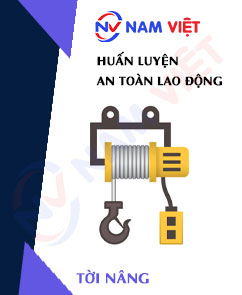
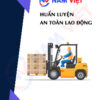
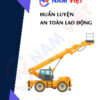



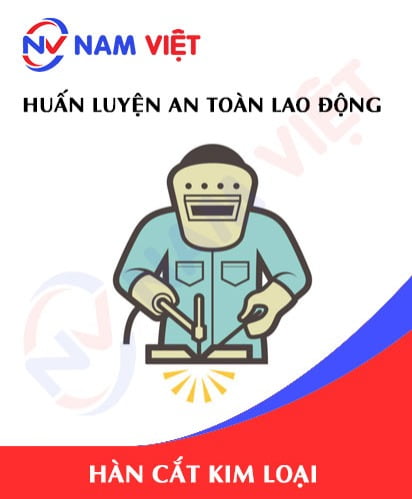
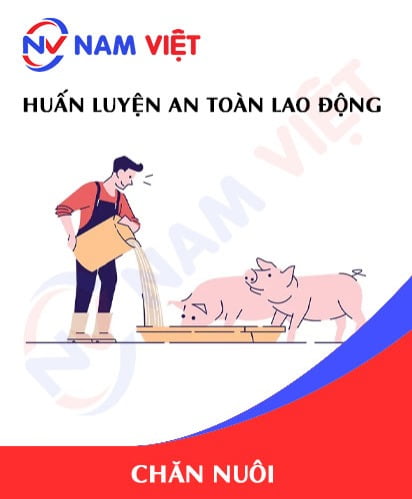
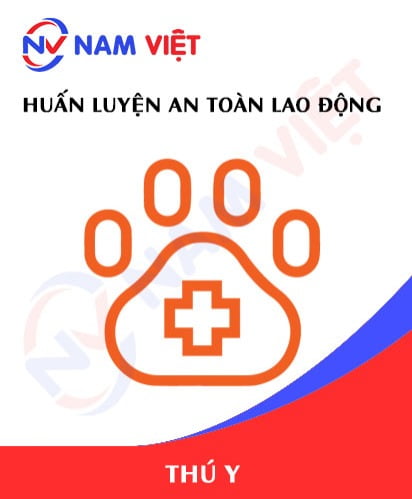
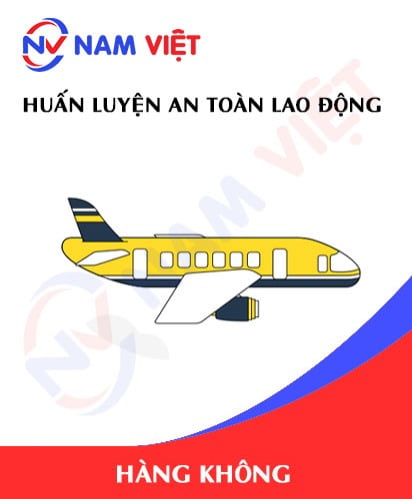
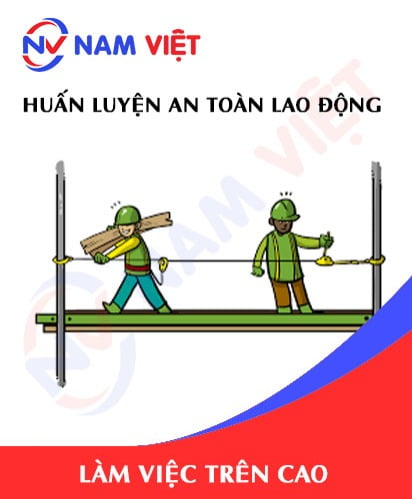

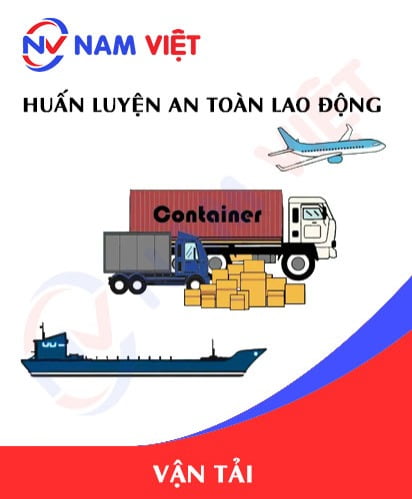
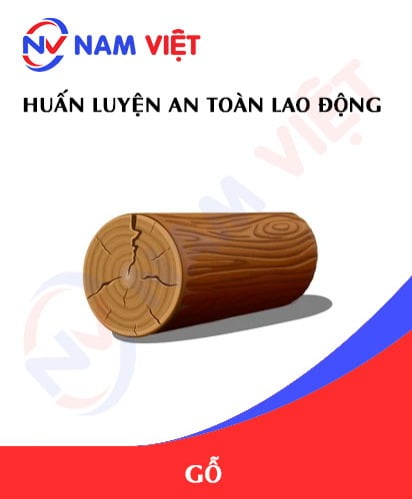
phanminhhang341
The lecturer teaches very lively and easy to understand!